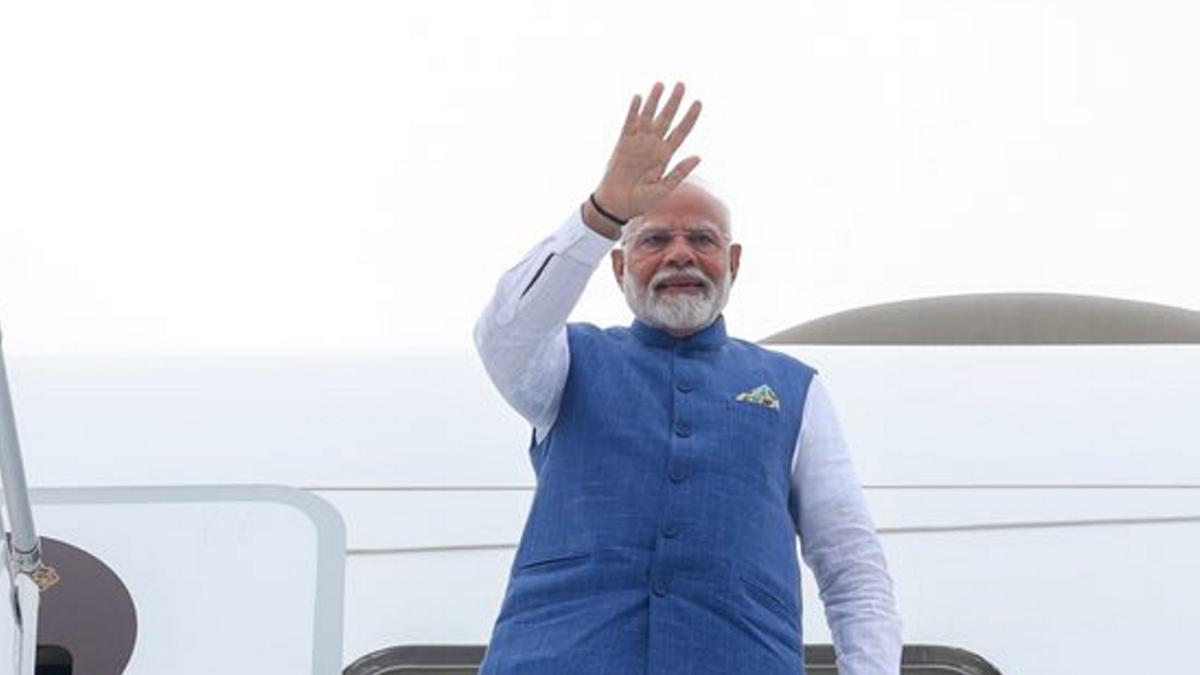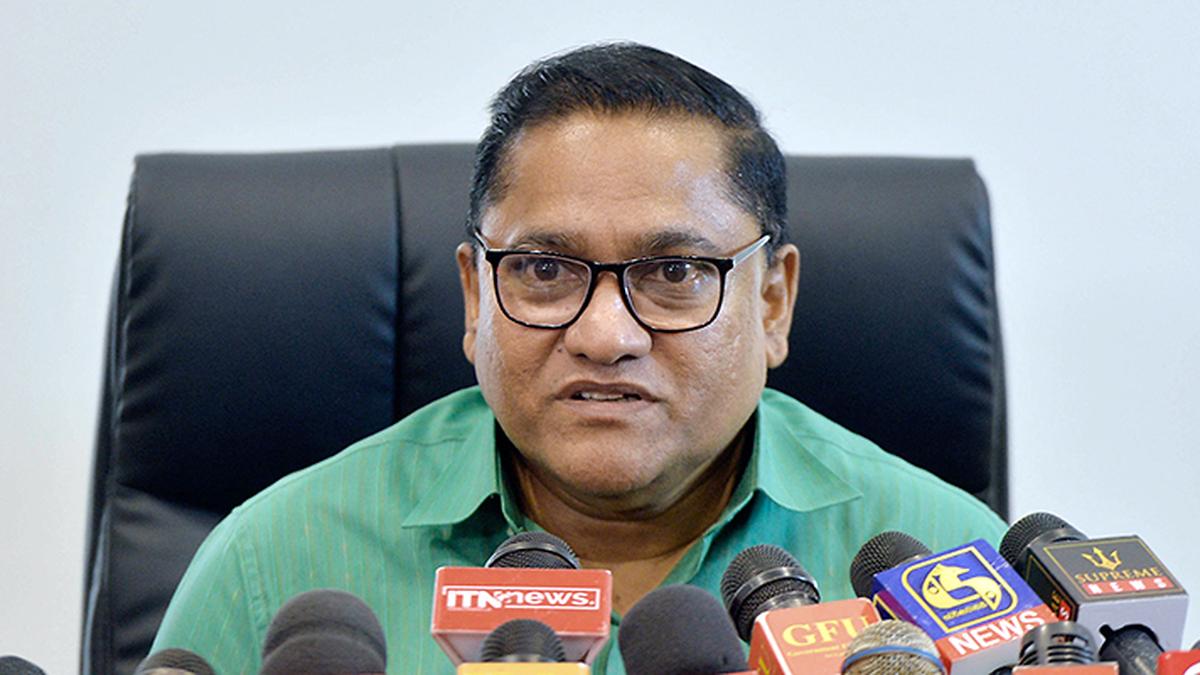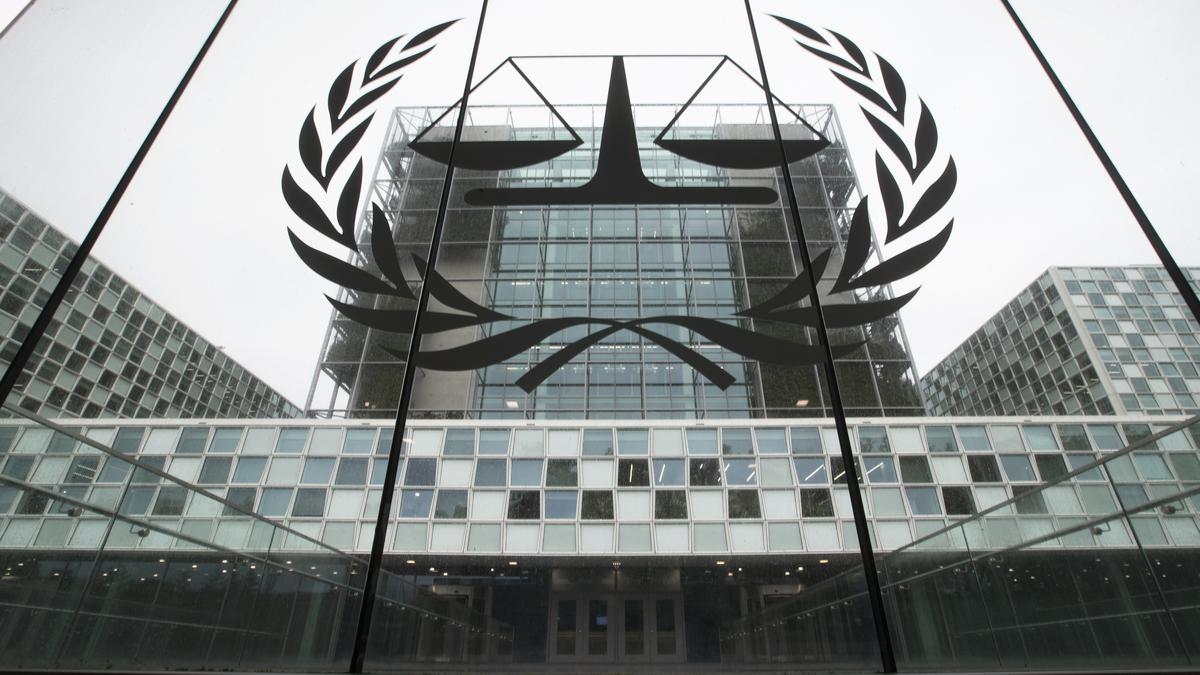The symbolism and balancing act aside, Prime Minster Narendra Modi’s visit to Ukraine, the first by an Indian Prime Minister, will focus on cooperation in defence, with India operating a large inventory of military equipment of both Russian and Ukrainian origin.
In the three years since the war in Ukraine, India has seen supplies and spares held up for some time and has attempted to diversify and reduce dependence by turning to domestic companies as well as seeking alternate vendor base in other countries.

The situation has improved since and spares, components and supplies have started coming, though not to the pre-war levels, according to official sources. Both Russia and Ukraine have assured that they would ensure timely deliveries though it is not up to the earlier schedules yet, the sources said.
Sources said Ukraine has several cutting-edge systems and technologies many of which are battle-tested. It has expressed interest in forming joint ventures with Indian companies.
The war in Ukraine in February 2022 impacted all three services of the Indian military that have huge inventories both from Russia and Ukraine. Immediately after the war began, the Indian Army terminated several contracts related to air defence, armour and artillery as it faced escalation in prices from other countries since spares and supplies became scarce and were diverted, shooting up prices, officials said. Further, quality claim resolutions became very time consuming.
The Army turned to indigenous defence manufacturers for smaller components and sub-assemblies. This was also done by the Navy and Indian Air Force (IAF).
“The Army has reached out to domestic vendors, tried to minimise imports of spares, assemblies and so on to the extent possible and diversified the vendor base where domestic options were not available to about 7-8 countries notably Poland, Estonia, Bulgaria, Czech Republic among others,” a source said. The indigenous push was particularly in small components and ammunitions, officials said.

With Russia, there has been an added element of payments as Russia was shunted out of the global SWIFT system and the rupee-rouble trade couldn’t cater to large payments.
The impact of such tensions is not entirely new as in the past, tensions between Russia and Ukraine had considerably delayed the modernisation of the IAF’s AN-32 transport fleet. Ukraine upgraded over 100 AN-32 transport aircraft of the IAF under a deal finalised in 2009. While upgrade of 45 AN-32s in Ukraine was completed in 2015, remaining aircraft were to be upgraded by IAF Base Repair Depot, Kanpur which got considerably delayed.
For the Indian Navy, probably the impact is as acute, if not more, as over 30 frontline warships are powered by engines from Zorya Nashproekt of Ukraine. Indian Navy drew a roadmap to achieve a certain level of servicing locally in the next few years. In addition, Zorya is tying up with an Indian company to carry out certain level of engine maintenance reducing the need to ship engines to Ukraine, sources stated.
Defence trade between India and Ukraine continued till just before 2022. For instance, after the Balakot air strike in 2019, IAF made emergency procurement of R-27 air to air missiles for its SU-30MKI fighters. At Aero India in February 2021, Ukraine signed four agreements worth $70 million which includes sale of new weapons as well as maintenance and upgrades of existing ones in service with the Indian military, as reported by The Hindu earlier.





